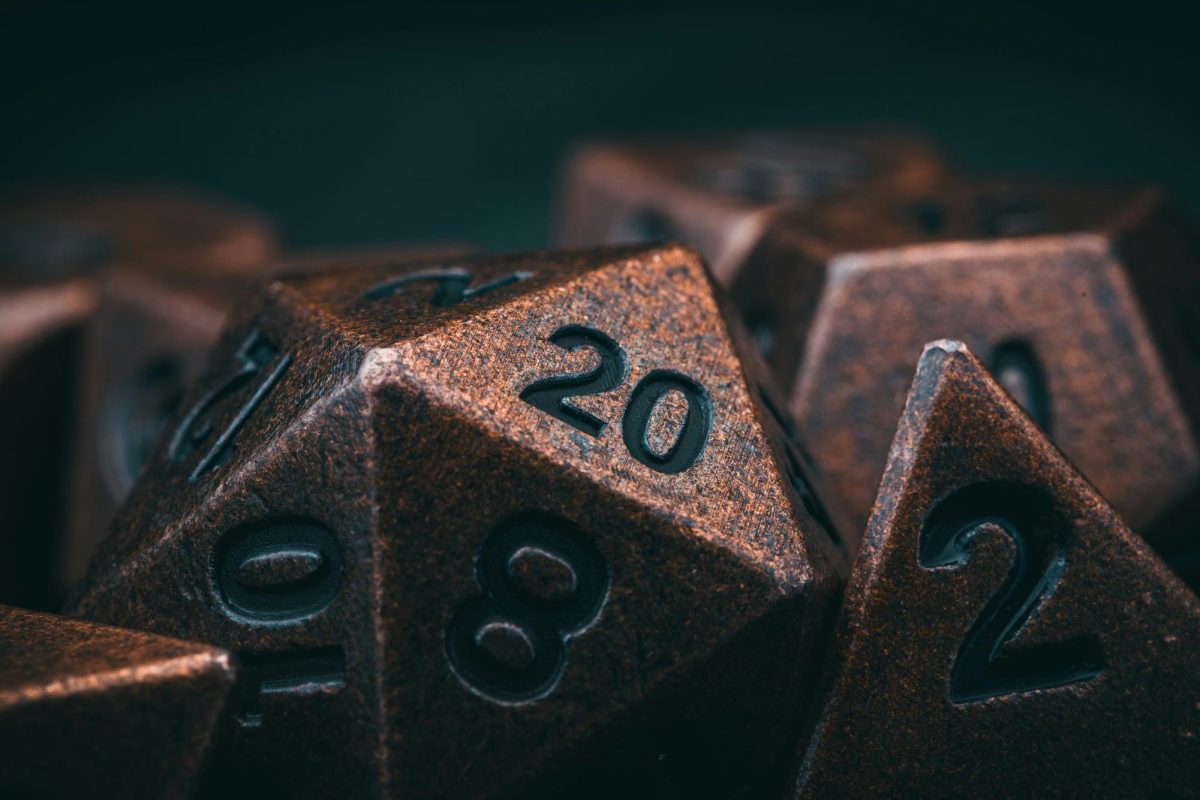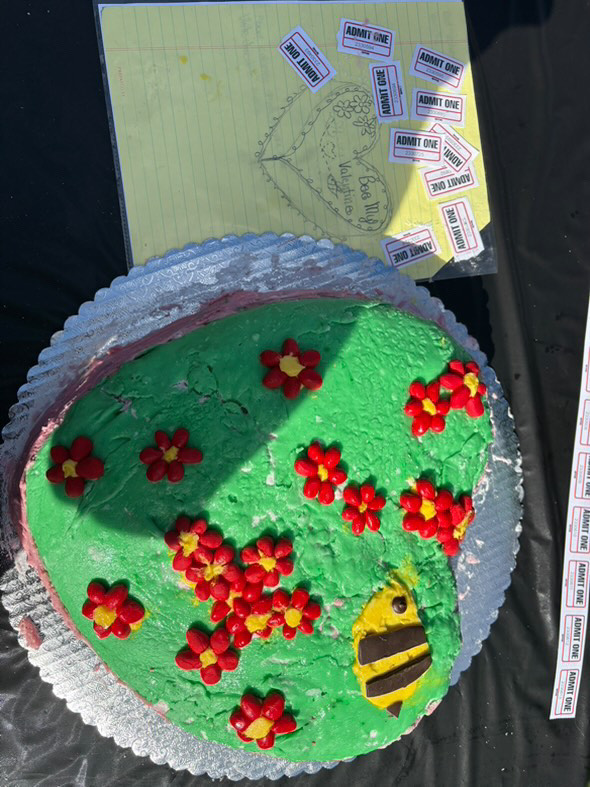Sea bunnies are the most extravagant little creatures in the sea. Some fun facts about them are that they are incredibly tiny—small enough to fit on the tip of your finger. They were originally called nudibranchs, getting that name because of the ear-like appendages on their heads and their “furry” backs.
These sea bunnies are extremely toxic and carry a lot of toxins within their bodies. They use this as a defense mechanism to protect themselves from danger. You can find them in tropical and temperate coastal waters around the world, often on sponges or other creatures that match their appearance. This makes them unappetizing and dangerous for most predators to eat, allowing them to move around without being bothered by other animals.
They are not actually bunnies but mollusks that feed on toxic sponges, which makes them poisonous to potential predators. These colorful, slow-moving creatures are a favorite of underwater photographers and inhabit warm, coastal waters around the world. What looks like fur is actually a collection of small, fleshy protuberances called caryophyllidia or tubercles, which also help the nudibranch sense its environment. They live for a few months to a year and are often known as sea slugs.
You can find them in places like the Philippines, Tanzania, Papua New Guinea, and Australia. Their colors are usually yellow or orange, although the white bunny-like ones have gotten a lot of media attention. Their size is less than 1 inch (2.14 cm).
Sea bunnies are so small that one will fit on your fingertip. Predators stay away from these little slugs because they’re very toxic. They cleverly absorb toxins from the creatures they feed on, like toxic sponges. They can also steal the stingers out of jellyfish and use them against predators. You don’t want to mess with these tiny bunny lookalikes!
Those appendages on their backs actually help the slugs identify chemicals in the water, which allows them to find food and reproduce. These small rods covering their backs are arranged around small black knobs, giving them a speckled look. Scientists believe this “fur” helps them “sniff” what’s going on in the water around them.
I find sea bunnies to be highly fascinating but also really adorable. I dream about going to Japan and observing these sea bunnies.



























